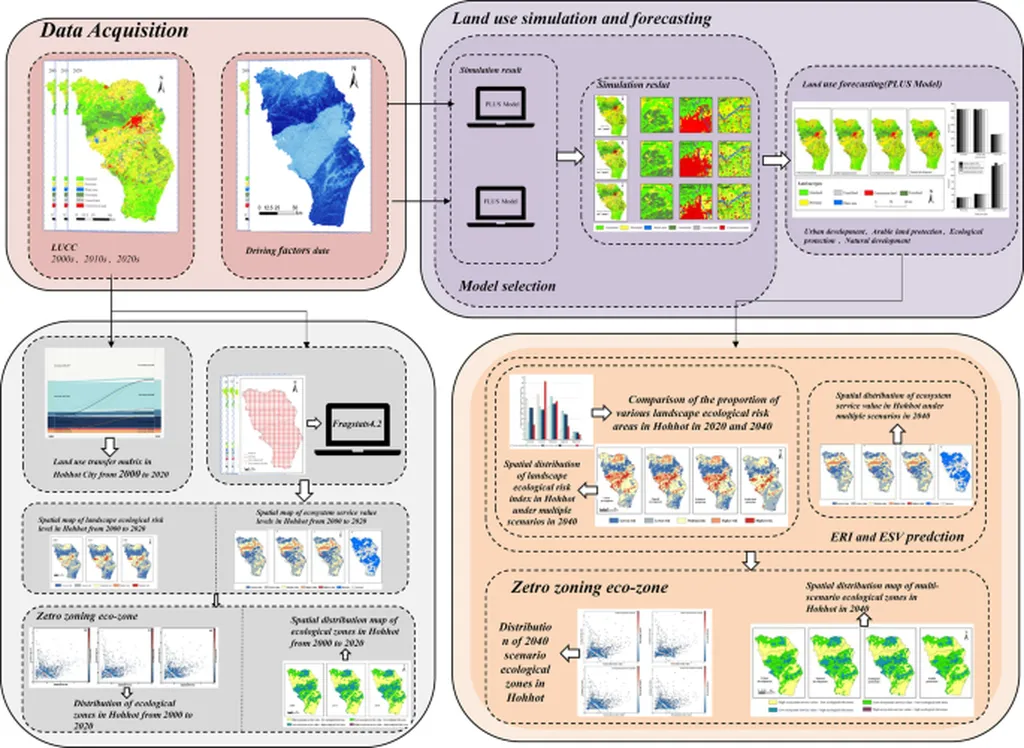In the lush, subtropical landscapes of Fujian Province, China, a groundbreaking study has unveiled the intricate dance between forest patterns and ecological quality, offering a roadmap for precision ecosystem management that could resonate far beyond its borders. Published in the IEEE Journal of Selected Topics in Applied Earth Observations and Remote Sensing, this research, led by Xueman Zuo of Fuzhou University’s College of Computer and Data Science, leverages cutting-edge technology and spatial analysis to decode the multiscale relationships that underpin forest health.
At the heart of this study lies the innovative use of Google Earth Engine (GEE) and spatial regression modeling to dissect the interplay between forest landscape patterns and ecological quality. By calculating four key forest landscape indices—Largest Patch Index (LPI), Landscape Shape Index (LSI), Edge Density (ED), and Division Index (DIVISION)—using moving windows ranging from 1 to 3 kilometers, the researchers constructed a comprehensive picture of Fujian’s forest dynamics over two decades (2000–2020). This data was then cross-referenced with a remote sensing ecological index (RSEI) to assess ecological quality, providing a robust framework for analysis.
The findings are both illuminating and actionable. “We observed a significant intensification of forest fragmentation, particularly in urbanizing coastal zones, where the Division Index increased by 1.5%,” explains Zuo. This fragmentation was accompanied by a decline in patch dominance, as indicated by a 1.3% decrease in the Largest Patch Index. Despite these challenges, the province’s ecological quality showed a notable improvement, with the RSEI increasing by 13.5% to an average of 0.686. However, these gains were not evenly distributed, with stark disparities emerging between inland and coastal regions.
One of the most compelling aspects of this research is its exploration of scale effects. As the analysis scales expanded from 1 to 3 kilometers, the correlations between landscape metrics and ecological quality exhibited divergent trends. The relationships involving LPI, LSI, and ED progressively intensified, while the association with the Division Index demonstrated a diminishing pattern. This scale-dependent behavior underscores the importance of tailored, region-specific management strategies.
Geographically weighted regression (GWR) analysis further revealed the nuanced drivers of ecological quality. In coastal areas, increased edge density emerged as a positive influence, while inland ecosystems were found to be more sensitive to shape complexity. “Our GWR analysis highlighted the divergent drivers of ecological quality,” Zuo notes. “LPI positively influenced ecological quality, while DIVISION exhibited negative impacts. This spatial variability underscores the need for region-specific strategies.”
The implications of this research extend far beyond Fujian’s borders, offering valuable insights for the agriculture sector and ecosystem management worldwide. By understanding the multiscale spatial linkages between forest landscape patterns and ecological quality, stakeholders can develop targeted strategies to enhance forest connectivity in fragmented coastal zones and manage fragmentation risks in mountainous interiors. This precision approach not only promotes ecological health but also supports sustainable agricultural practices, ensuring the long-term viability of both natural and managed ecosystems.
As the world grapples with the challenges of climate change and biodiversity loss, the framework developed by Zuo and her team provides a transferable model for precision ecological governance. By leveraging advanced technologies and spatial analysis, this research paves the way for more informed, adaptive, and effective ecosystem management strategies. In doing so, it offers a beacon of hope for the future of our forests and the communities that depend on them.

